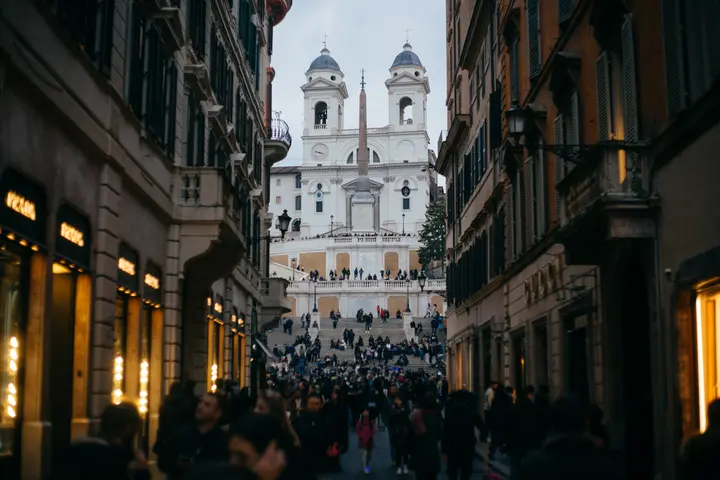Scalinata della Trinità dei Monti
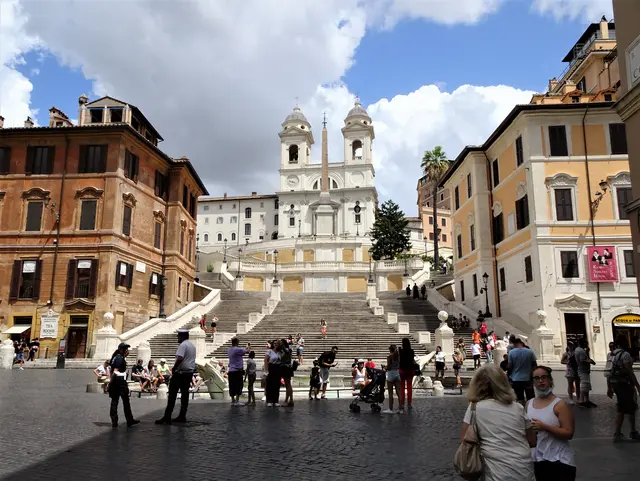
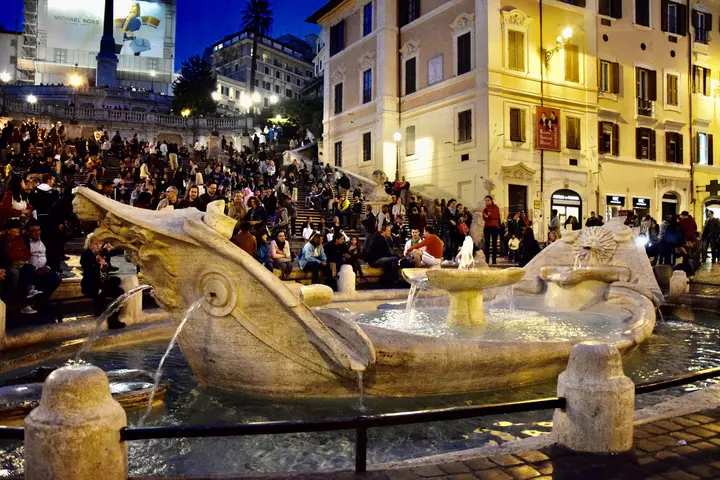
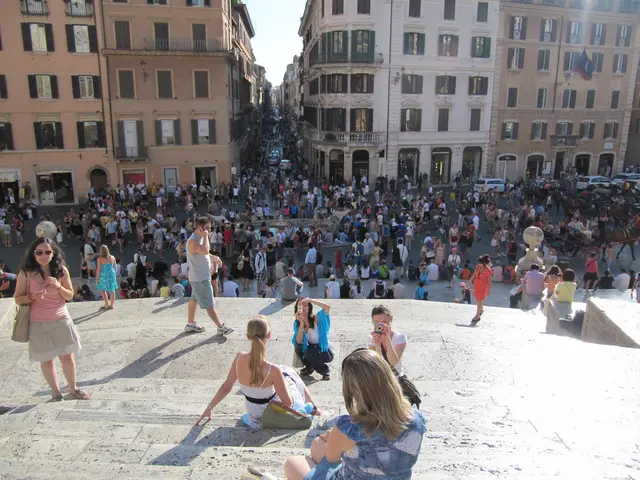
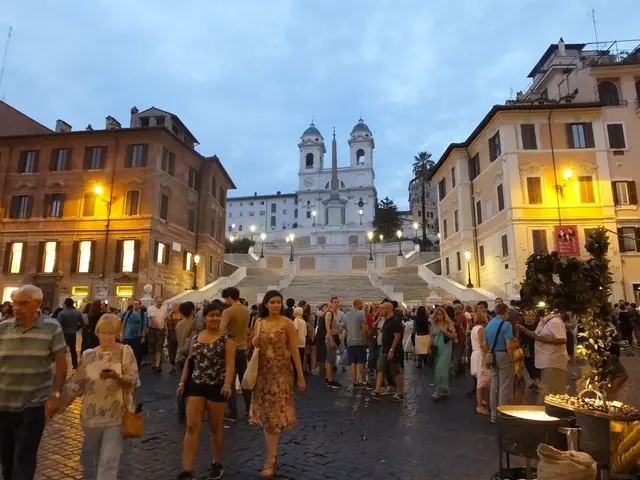
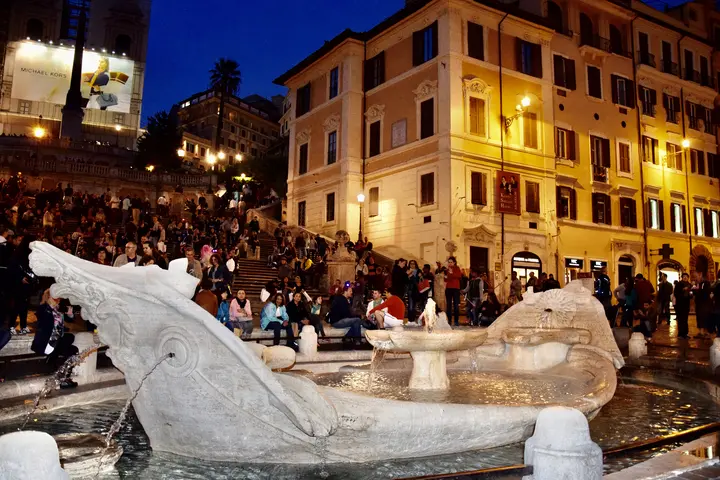
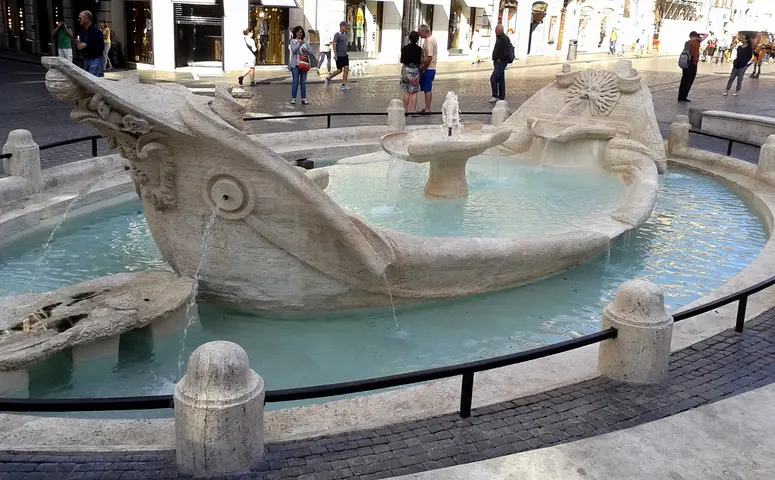
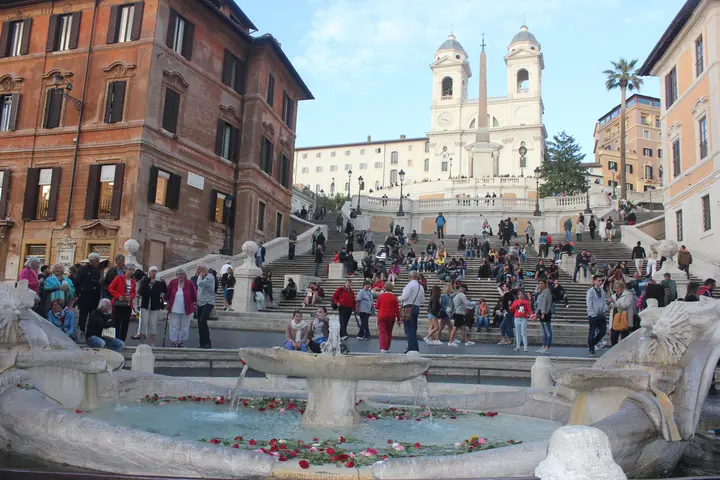
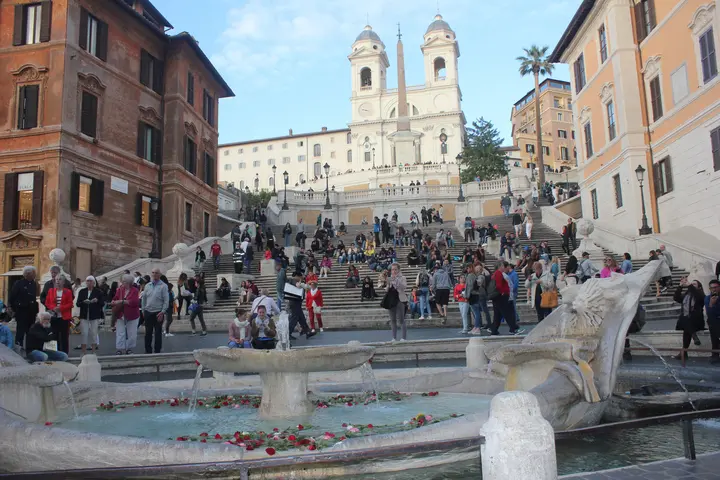
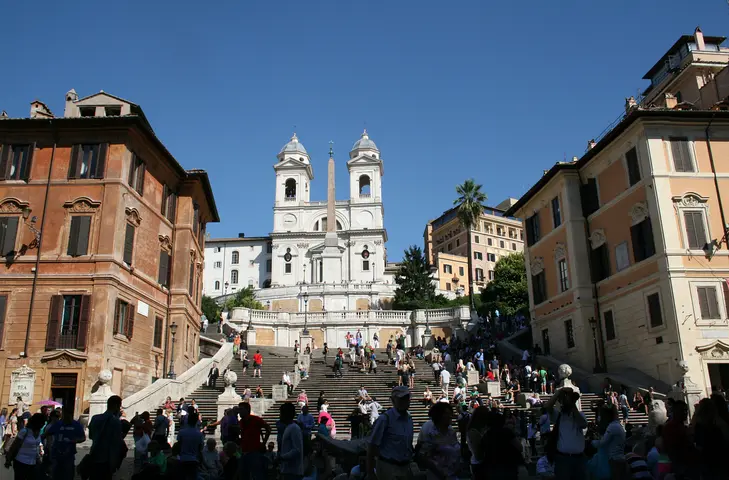
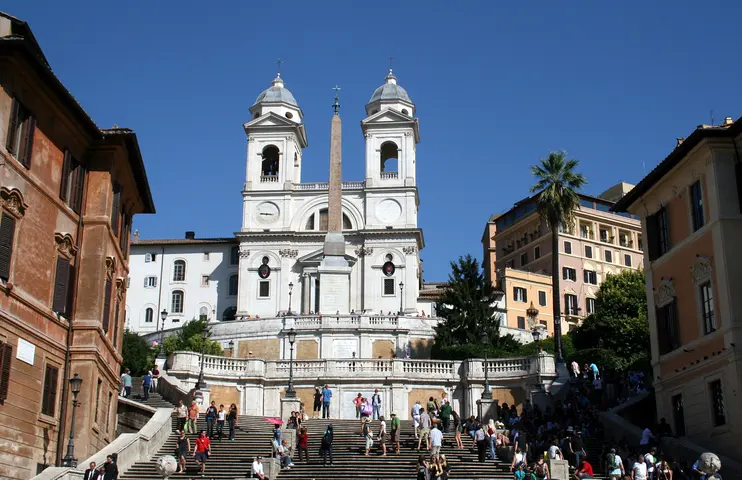
Introduction
The Scalinata della Trinità dei Monti, better known as the Spanish Steps, welcomes us into the heart of Rome. Bridging the lively Piazza di Spagna and the peaceful heights of the Trinità dei Monti church, this iconic Roman monument has inspired artists, writers, and travelers for centuries. Whether admired for its sweeping curves or remembered from a classic film, the Spanish Steps offer a vibrant snapshot of Roman life, both past and present.
Historic Highlights
🏛️ Baroque Vision Realized
The Scalinata della Trinità dei Monti, or Spanish Steps, began as a dream to link the French church atop Pincian Hill with Rome’s bustling Piazza di Spagna below. While plans were discussed as early as the 16th century, funding and politics delayed progress for over 150 years. A key turning point came in 1660, when French diplomat Étienne Gueffier left money for a new stairway. The design evolved through bold ideas, from Bernini’s Baroque sketches to De Sanctis’s elegant solution in the early 1700s. When Pope Clement XI organized a competition in 1717, the young architect Francesco De Sanctis proposed the curving, playful form we see today—a flow of ramps, terraces, and gentle landings.
“A place meant to pause pleasantly.”
— Francesco De Sanctis, 1720s
🎭 A Social Stage
Completed in 1726 and celebrated during the Holy Year Jubilee, the Spanish Steps quickly became more than a thoroughfare. Its marble benches and wide terraces were designed for people to meet, rest, and observe Roman life, transforming the stairway into an urban living room. By the late 1700s and beyond, artists, travelers, and models mingled here. In fact, 19th-century painter William Wetmore Story described the steps as a marketplace for Rome’s models, who lounged in the sun, waiting to be picked by painters and sculptors.
“All day long, these steps are flooded with sunshine... models of every age and both sexes bask away the hours.”
— William Wetmore Story, 1863
🌸 Traditions and Modern Life
The Spanish Steps have woven themselves into Roman culture. Every spring since 1951, azaleas brighten the ramps for the beloved Scalinata in Fiore festival. On December 8, crowds pack the piazza for the Feast of the Immaculate Conception, with the Pope presiding nearby. In more recent times, the Steps have starred in movies—most famously Roman Holiday—and played host to glamorous fashion shows, cementing their global allure. As a visitor, you’ll likely spot the famous Barcaccia fountain at the base, a half-sunken boat recalling a 16th-century flood, inviting all to sip its fresh water.
🛡️ Preservation and Challenges
Over nearly 300 years, the Spanish Steps have endured floods, war, pollution, and the footsteps of millions. Periodic restorations, including major efforts in 1995 and 2016 (the latter funded by Bulgari), have kept the travertine radiant. Today, sitting, eating, or drinking on the steps carries fines—measures meant to protect this bustling, delicate link between Rome’s past and future.
💡 Visitor Tip
To fully enjoy the Scalinata della Trinità dei Monti, visit early in the morning for quiet views, or in spring to see the staircase crowned with azaleas.
Timeline & Context
Historical Timeline
- 1559 – First recorded plan for a staircase on the site.
- 1660 – Étienne Gueffier bequeaths funds; initial Baroque designs drawn up (including by Bernini).
- 1717 – Public design competition held under Pope Clement XI.
- 1723–1726 – Construction of the Spanish Steps by Francesco De Sanctis; inaugurated during Jubilee Year 1725.
- 1728 – Partial collapse after heavy rains; repairs overseen by De Sanctis after legal dispute.
- 1789 – Sallustian obelisk installed at the top.
- 19th–20th centuries – Steps become a social and artistic hub; electric lighting and urban development follow.
- 1995 & 2016 – Major restorations, with 2016 funded by Bulgari.
- 2019 – Ban on sitting/eating implemented for preservation.
Origins and Architectural Innovation
The Scalinata della Trinità dei Monti arose from centuries of debate and negotiation between French and Papal interests. Early visions were inspired by earlier staircases like the medieval Aracoeli steps—functional, linear, and steep—but ultimately the winning approach was distinctly Baroque. Francesco De Sanctis, building on previous proposals and trends, fused practicality with theatricality. His final design employs curving, diverging, and reconnecting ramps, with built-in terraces and stone benches, encouraging movement and lingering. This broke away from rigid forms, making the staircase itself an “urban piazza”—a setting for both pageantry and daily living.
Cultural and Social Significance
From its origin, the Spanish Steps served as a communal space, anchoring the cosmopolitan Piazza di Spagna. As Rome became a destination for European travelers (“Grand Tourists”), the Steps evolved into a crossroads of languages, arts, and commerce. The nearby Caffè Greco, Keats-Shelley House, and Babington’s Tea Rooms (opened in the 1890s by English women catering to expatriates) all illustrate how the area fostered international artistic circles. The Steps were also a market for local models, immortalized by William Wetmore Story, and the backdrop for rituals like the annual display of azaleas or papal festivities.
Comparative Urban Context
Placed alongside Rome’s Aracoeli Staircase (1348) and Michelangelo’s Cordonata (1540s), the Spanish Steps embody a humanizing turn in urban architecture. Earlier stairways were grand but forbidding; De Sanctis’s approach was inclusive, blending movement with moments of rest. In parallel with the near-contemporary Trevi Fountain, the Steps represent the height of Baroque scenography—turning practical infrastructure into grand theatrical spaces that shape public life.
Modern Conservation and Global Resonance
The Spanish Steps are now a UNESCO World Heritage landmark. Ongoing challenges—urban pollution, mass tourism, vandalism, and climate—require careful stewardship. Comprehensive restorations in 1995 and 2016 were vital, as is Rome’s enforcement of bans on damaging behaviors. Modern funding often entails partnerships with private sponsors. Despite these pressures, the Steps thrive as a meeting place and source of city pride, embodying layered histories and a unique position in Rome’s cultural DNA.
Research Sources and Methodology
This narrative draws from primary sources housed in Roman and Vatican archives (correspondence, building contracts, period newspapers), as well as secondary literature by scholars and architectural historians. Descriptions by period travelers, literary figures like John Keats, and visual records (photographs, paintings) supplement the analysis. Restoration records, city regulations, and UNESCO documentation offer insight into preservation practices. Careful cross-checking of sources and perspectives ensures factual accuracy and a nuanced understanding of the Spanish Steps’ evolution and enduring value.
